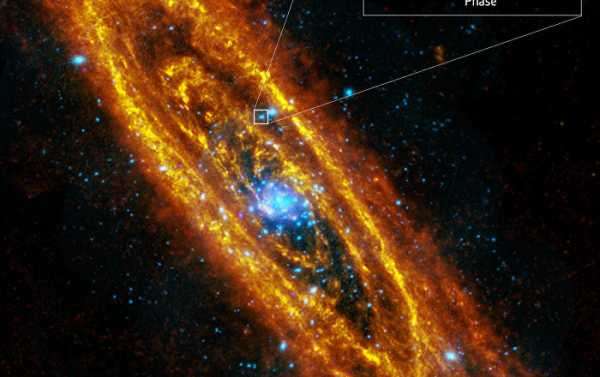
The new research is expected to aid studies aimed at neutron stars, as the interiors of these celestial bodies “may provide the conditions” under which the particle mentioned in the study could exist.
Scientists at the Institute of Physical and Chemical Research (RIKEN) in Japan have predicted that adding a particle known as Xi hyperon to a helium nucleus with three nucleons could produce a temporary stable nucleus, phys.org reports.
As the media outlet explains, normal atomic nuclei consist of protons and neutrons (known collectively as nucleons), which in turn are comprised of up to three quarks; and while there are six types of quarks out there – up, down, strange, charm, top and bottom – protons and neutrons only consist of up and down quarks.
But while physicists pursuing the secrets of hypernuclei often focus their attention on hyperons that contain at least one strange quark, Doi and his colleagues set their sights on Xi hyperon (which contains not one but two strange quarks).
This research is expected to help not just expand the knowledge of nuclear physics but also to gain insight into the structure of neutron stars – the “extremely dense remnants of large stars that have collapsed under their own gravity and undergone supernova explosions” whose interiors “may provide the conditions under which hypernuclei containing Xi hyperons could exist”.
Sourse: sputniknews.com






